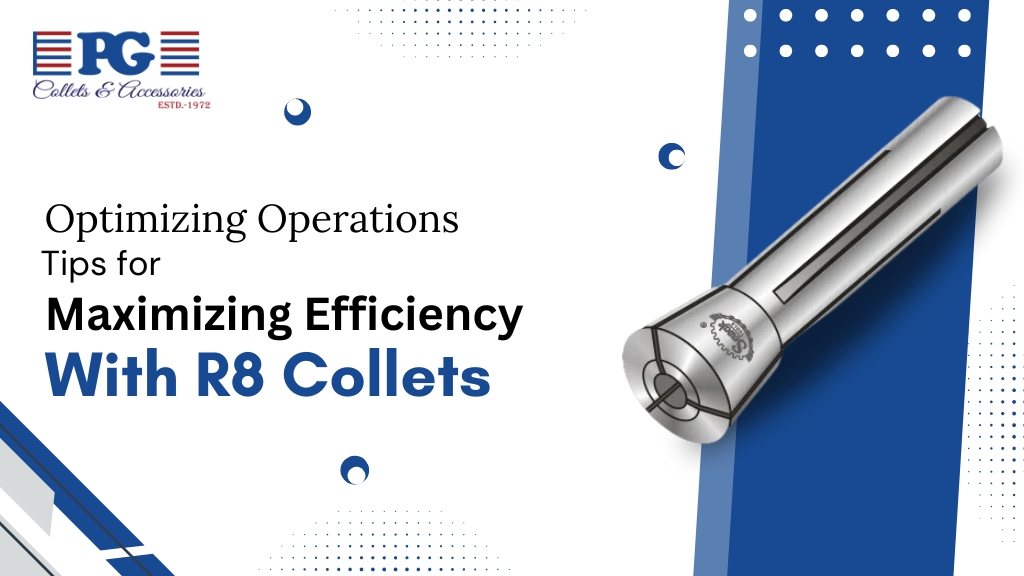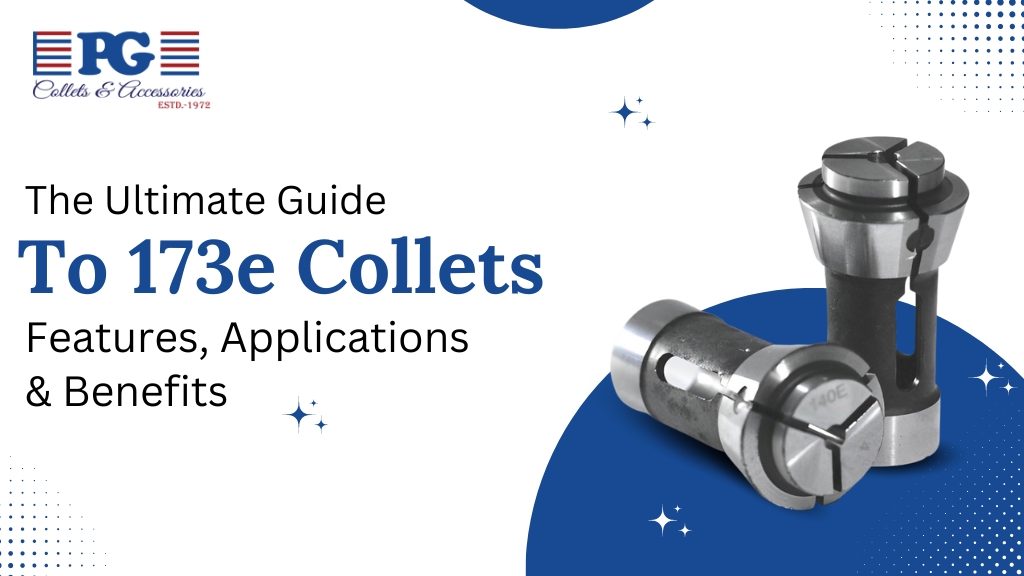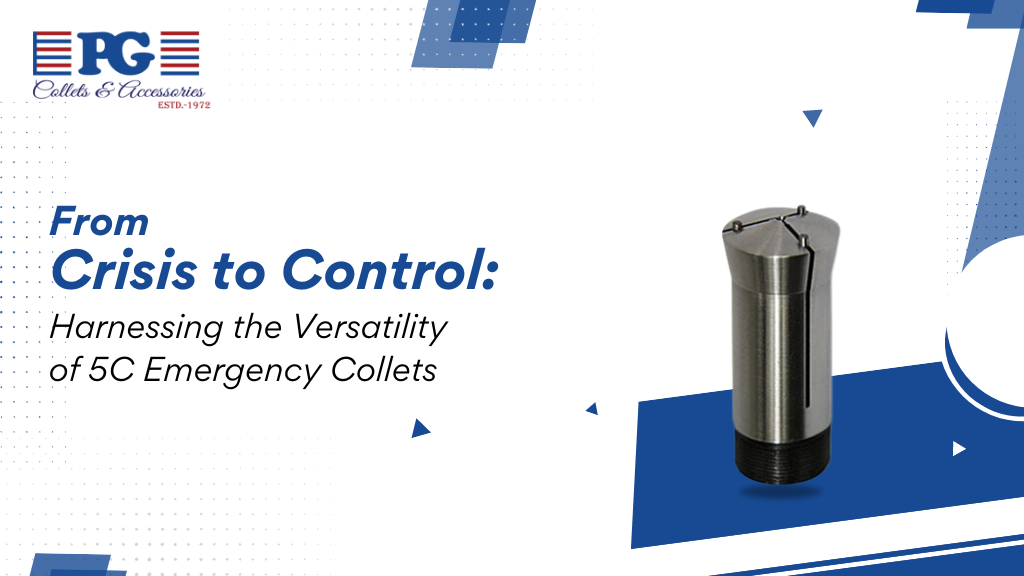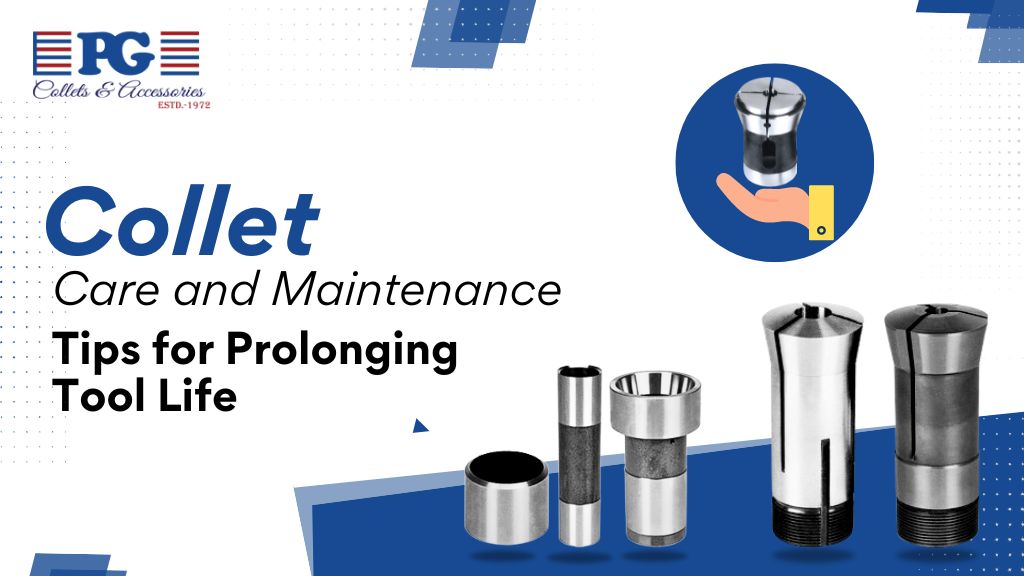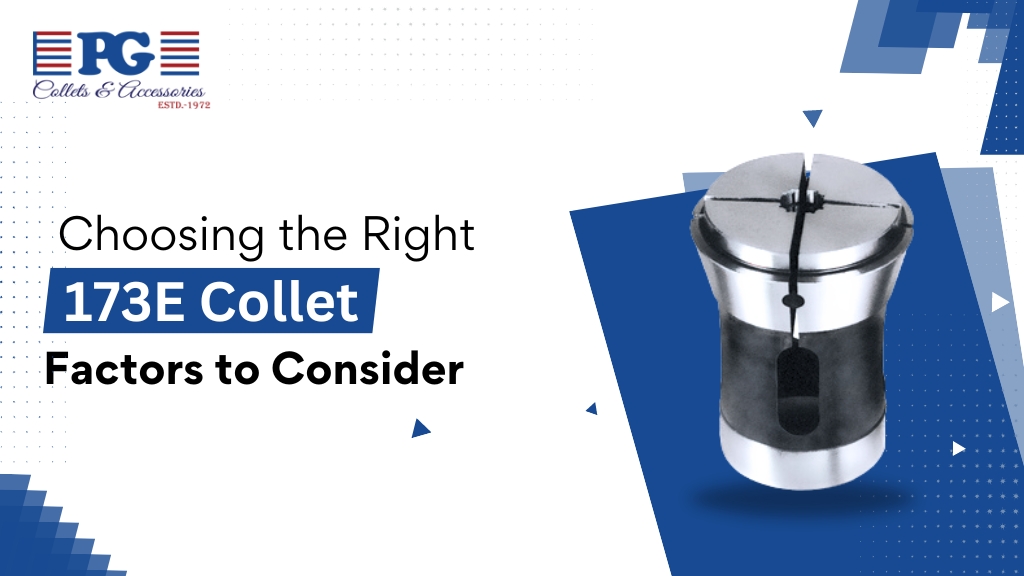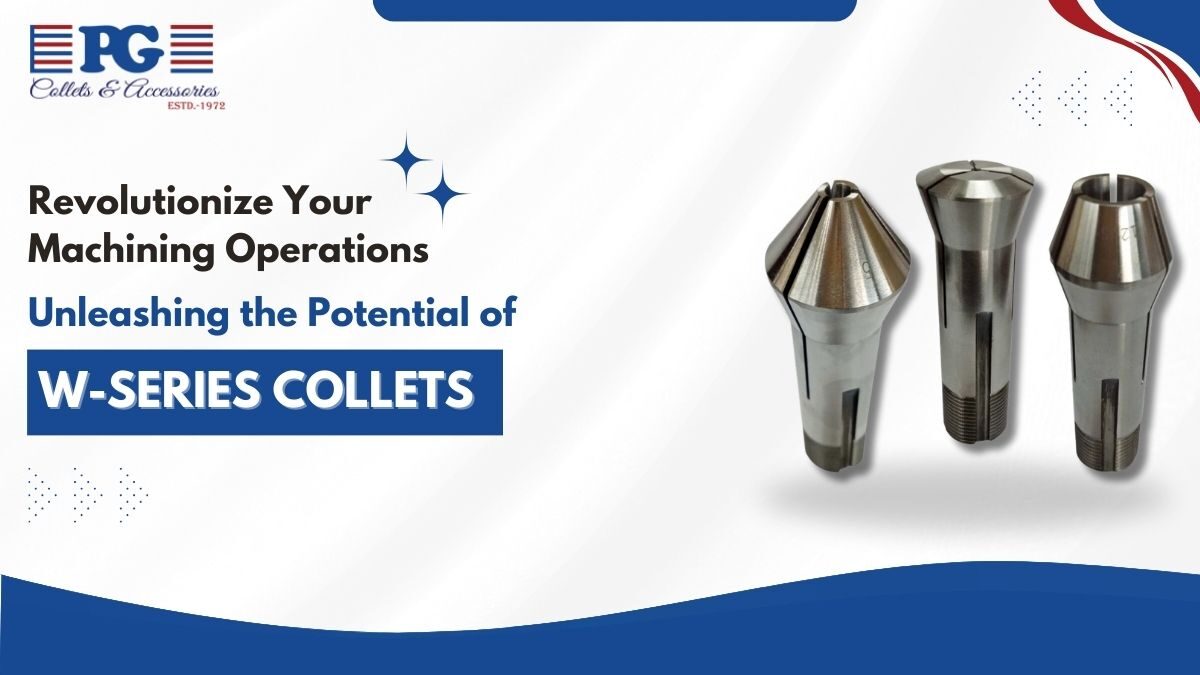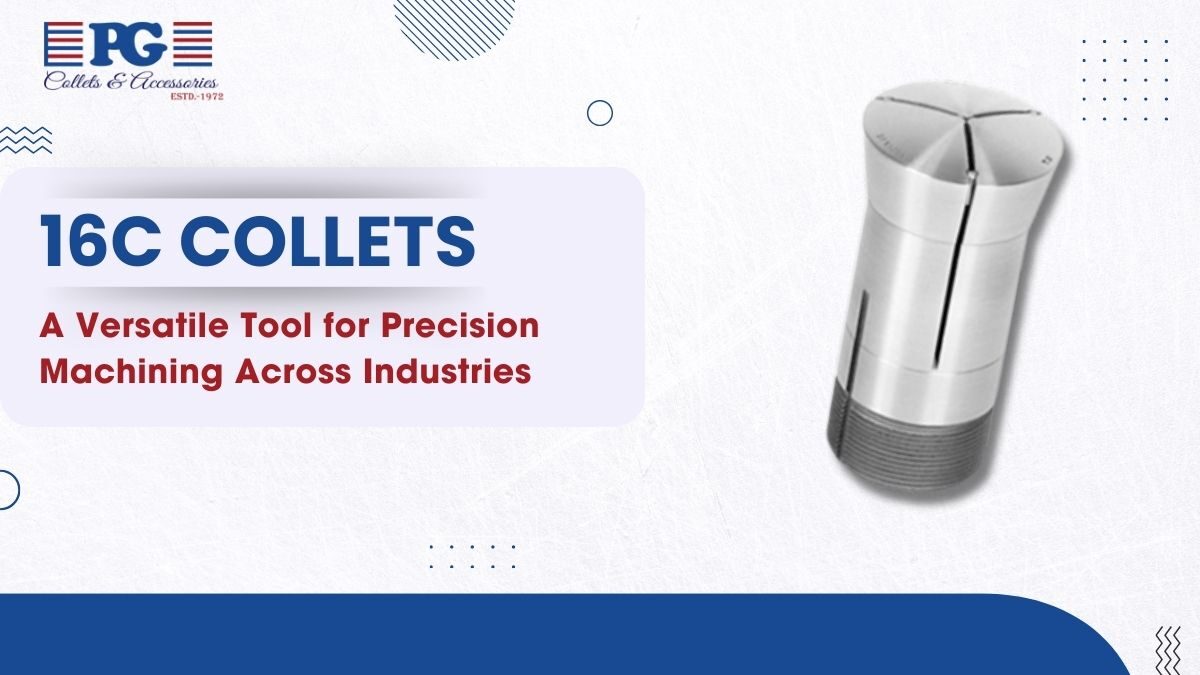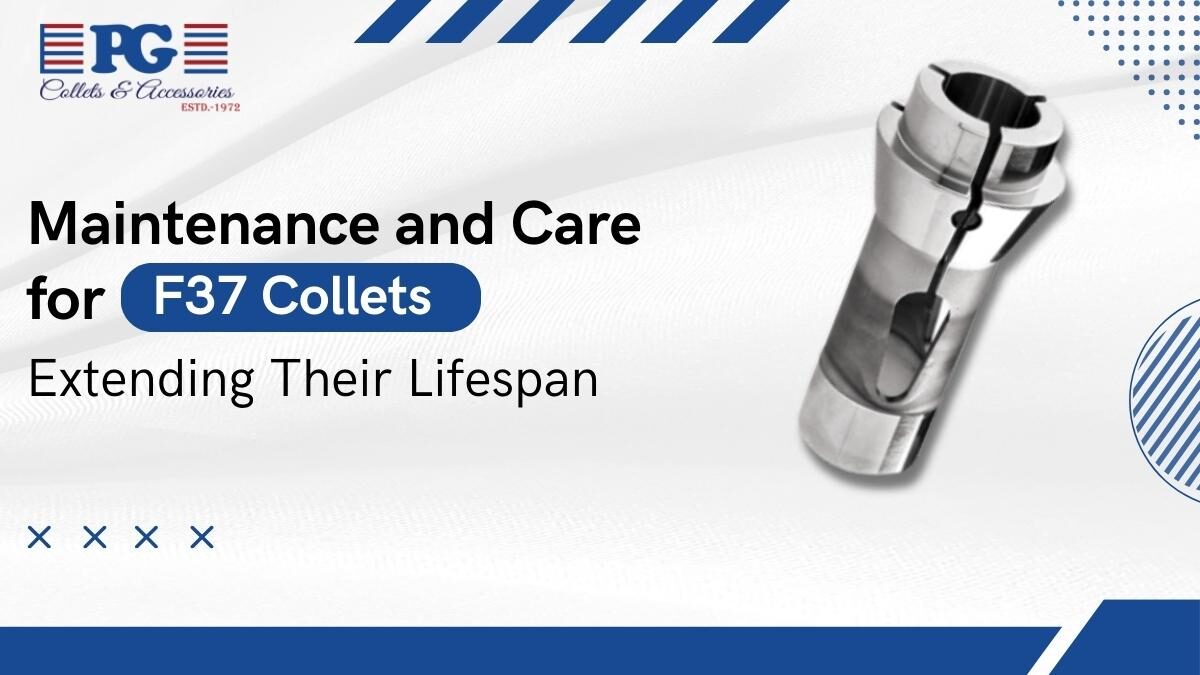Exploring the Potential of R8 Collets
In the realm of machining and manufacturing, efficiency is the cornerstone of success. Every tool and technique plays a pivotal role in achieving optimal productivity. Among these, R8 collets stand out as indispensable components, offering precision and reliability in securing cutting tools. we delve into the world of R8 collets, exploring their significance and unveiling valuable tips to enhance operational efficiency.
Understanding R8 Collets: A Foundation of Precision
R8 collets serve as the interface between the spindle and the cutting tool in milling machines. Renowned for their robustness and accuracy, R8 collets ensure that the tool remains securely in place during the machining process, minimizing vibrations and enhancing precision. The standardized design of R8 collets enables seamless compatibility with various milling machines, making them a popular choice among manufacturers seeking consistency and reliability.
Maximizing Efficiency: Tips for Optimal Utilization of R8 Collets
- Quality Selection: The foundation of efficiency begins with quality selection. Invest in high-quality R8 collets crafted from durable materials such as hardened steel. Opting for reputable brands ensures precision engineering, guaranteeing reliable performance even under demanding conditions.
- Proper Installation: Correct installation is paramount for optimal functionality. Ensure that the R8 collet is clean and free from debris before inserting the cutting tool. Utilize a torque wrench to tighten the collet nut to the recommended specifications, preventing slippage and minimizing runout.
- Regular Maintenance: Like any other tool, R8 collets require regular maintenance to uphold their performance. Clean the collets after each use, removing any accumulated chips or contaminants. Periodically inspect the collets for signs of wear or damage, replacing them promptly to avoid compromising precision.
- Tool Balancing: Imbalance in tooling can lead to vibrations and reduced cutting performance. Prioritize tool balancing to minimize stress on the R8 collet and spindle, prolonging their lifespan and ensuring consistent machining quality.
- Optimized Tooling Strategy: Tailor your tooling strategy to suit the specific requirements of your machining operations. Utilize R8 collets of varying sizes to accommodate different cutting tools, maximizing versatility without sacrificing precision.
- Temperature Management: Temperature fluctuations can impact the dimensional stability of R8 collets, affecting machining accuracy. Implement effective temperature management strategies, such as coolant systems or temperature-controlled environments, to mitigate thermal expansion and contraction.
- Operator Training: Empower your workforce with comprehensive training on R8 collet usage and maintenance. Educate operators on proper handling procedures and the importance of adherence to recommended guidelines to maximize efficiency and safety.
Conclusion: Driving Productivity through R8 Collets
In the pursuit of operational excellence, every aspect of the manufacturing process plays a crucial role. R8 collets emerge as indispensable allies, offering precision, reliability, and versatility in machining operations. By implementing the aforementioned tips, manufacturers can harness the full potential of R8 collets, maximizing efficiency, and driving productivity to new heights. Embrace the power of precision with R8 collets, and unlock unparalleled success in your machining endeavors.


